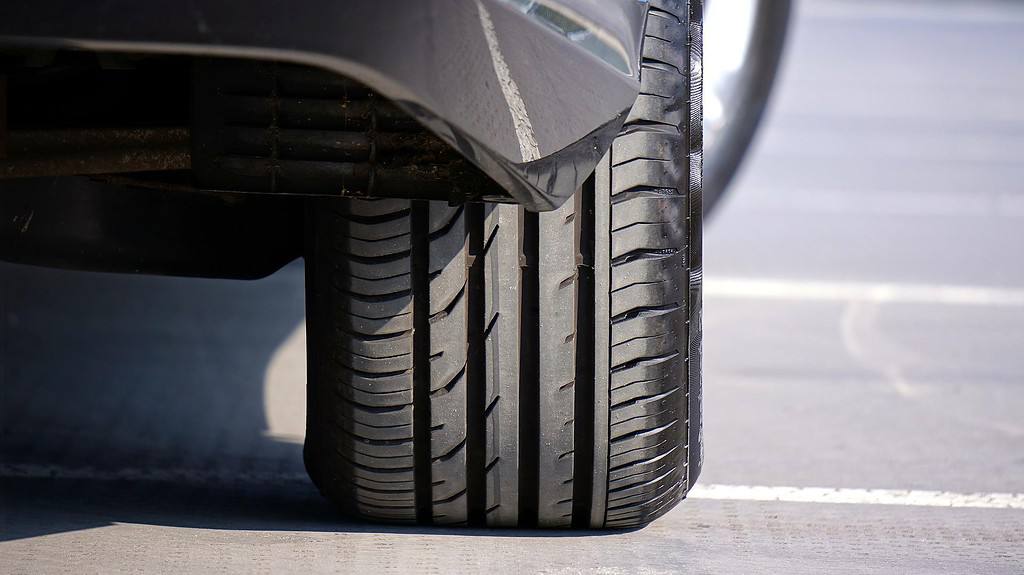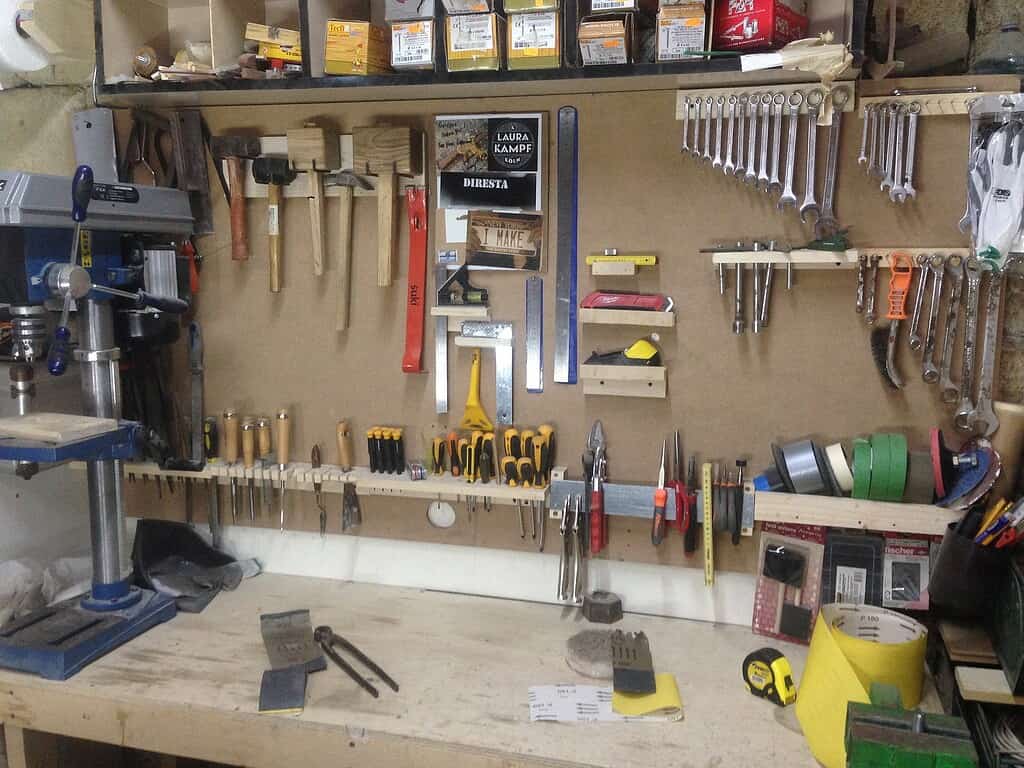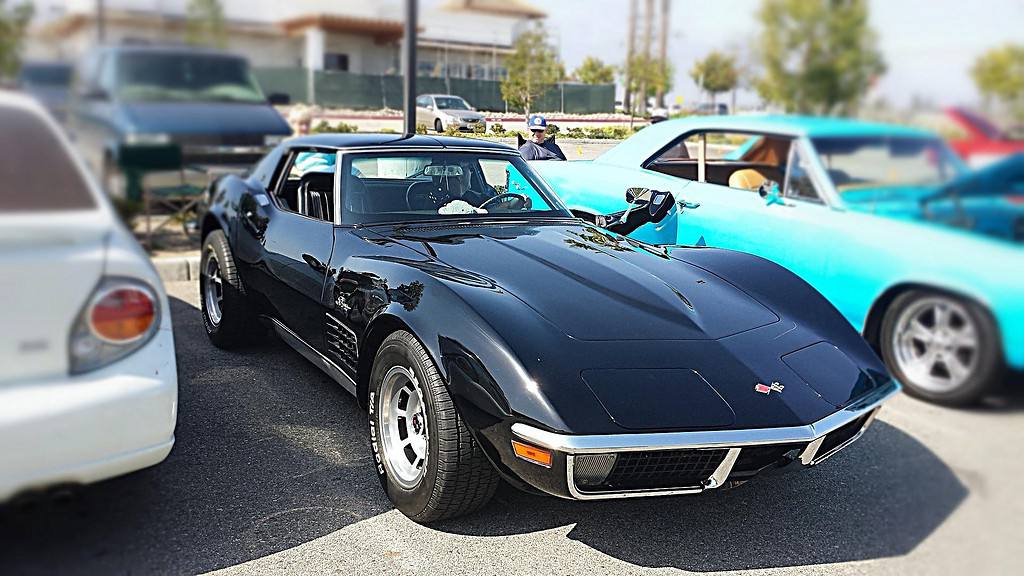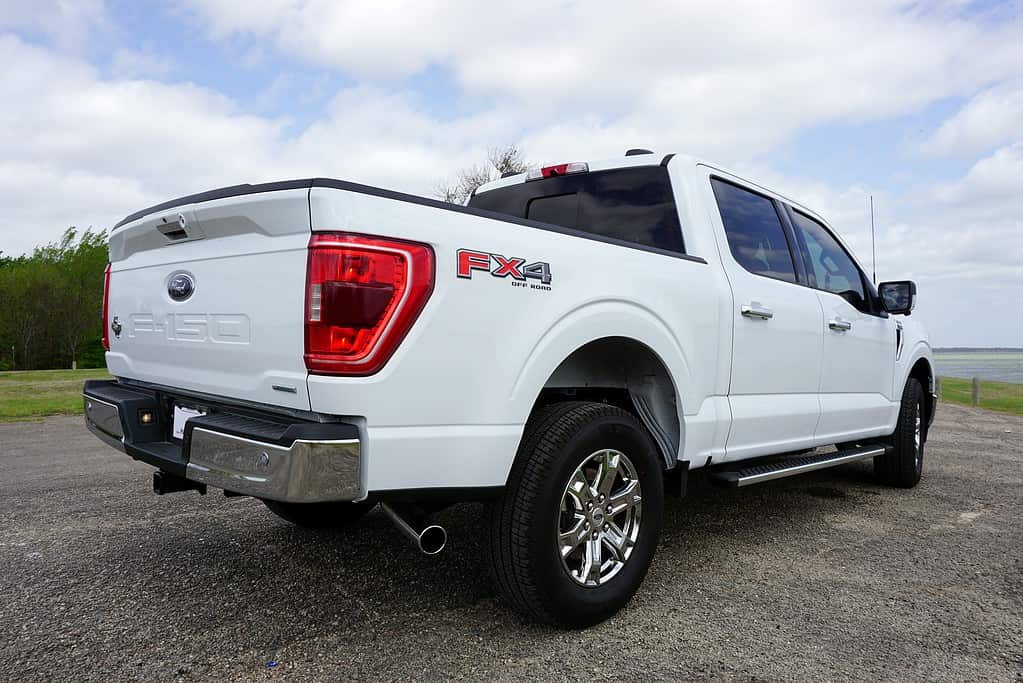Choosing the right tires can be overwhelming if you don’t know where to start. Getting a set for your performance car is ultimately about your experience and what you want to get out of it. When you know that, you can consider factors such as the terrain and weather. The best one is often one that matches your style, needs, and the area you drive (or plan to drive).
With that said, many categories of tires can fit your performance car. Here’s what you need to know:
Considering the Climate
The first thing you need to know about tires is that their tread patterns and rubber compounds often work best in specific climates. Some tires are more versatile, while others will give you a better experience in their given season. If you live in an area with drastic changes in weather throughout the year, you’ll likely need two sets of tires. Here’s what you need to know about each category:
- All Season Tires: These tires will provide a solid grip, prioritizing comfort over performance. They’re best if you plan on saving money for fuel and providing smooth rides all year. However, they work best if you live in an area that’s mild in climate.
- Summer tires: Summer tires or three-season tires, work best during warm seasons. Choose these if you live in a hot area, as these will provide the grip you need, no matter the surface. These tires usually last longer because they have hard rubber compounds.
- Snow tires: Snow tires provide traction when traversing the roads during the winter. Their compound works well even in colder temperatures but won’t last as long than others. Because of the harsh environment, you can expect to use these tires for three seasons before replacing them.
Considering Your Driving Style
The next consideration you need to take is your driving style. It’s all about what you want to maximize from your driving experience. You’ll find that the tires mentioned here will have some variants that will fit your climate. Alternatively, these tires can be one set, while you can get more climate-focused tires as a second set.
Here are some things to consider when choosing tires to suit your driving style:
- High-performance tires work best if you desire better responsiveness for your vehicles. If handling isn’t your strong suit, this can provide more control when driving.
- Touring tires are the best if you stay in the city most of the time. They prioritize comfort and stability, working best in areas like highways.
- AP tires are a hybrid on and off-road choice for drivers. Choose this if you drive on roads often with an occasional trip off the main roads.
- ATV tires are more suited for heavier vehicles. These tires provide toughness and stability, allowing them to traverse rough terrain and carry heavy loads.
These tires will often also have a summer and winter variation to them. It’s best to check if combinations are available as they’ll help you find a better match for your car.
Different Tires that Work Best for Performance Cars
Most performance cars require the same type of tires. These ensure that the vehicle fulfills its potential. Instead of comfort or longevity, they prioritize handling and responsiveness above all. Here are the different types of performance tires:
- Performance: Provide adequate performance on roads throughout all seasons
- Extreme performance: These work only for dry roads, providing high-speed and responsiveness. However, these tires aren’t necessarily comfortable as they’re built more for racing.
- Max Performance: Similar to the extreme but has better traction for wet roads.
- High performance (HP): These tires are closer to the ones used regularly for the streets. Performance-wise, it isn’t as responsive as max performance tires.
- Ultra-high performance (UHP): These tires are above the HP and work best for all seasons. However, they can’t keep up with speeds as fast as the max and extreme variants.
While performance tires work best for these types of cars, you aren’t limited to that. Touring tires can provide maximum comfort if you’re more casual with driving. These tires make handling easier, unlike the more responsive performance tires. However, you’ll also brake much faster as performance tires tend to have a shorter braking distance.
You’ll also have to consider traveling off-road with your performance car. A performance SUV or truck may need tougher tires than regular ones. Here are some of the more popular ones off-road drivers use:
- Ribbed tires: These tires are designed for longevity and carrying heavy loads. They add more stability to the car and improve handling.
- All-terrain tires (AT): These tires work on all surfaces and have tread patterns that help them traverse rough terrain.
- Mud terrain (MT): Tires designed for aggressive driving through rough terrain with mud and debris. These tires can move through dunes and muddy areas. They have extra reinforcement to protect them against any puncturing.
- Sport tires: Sport tires for trucks and heavier vehicles have a similar construction to ribbed tires. However, what makes them different is that they work better for high speeds, making them efficient when driving the highway.
- Light truck (LT) tires: These are the tires used by heavier vehicles traversing streets and highways throughout the year. They have a long lifespan and have solid traction even during winter.
Choose Carefully
Choosing tires doesn’t have to be complicated. You can narrow down the options and choose from tire brands that fit your goals through classification. If you know what to buy, you won’t have to second-guess your decision. Of course, you must think carefully about what you want as tires are still a hefty investment.
No matter what, many tires work perfectly well on performance cars. It’s all about finding one that matches your driving area and your style.





